Ball pythons are beloved exotic pets known for their docile nature and beautiful patterns. However, like all reptiles, they are susceptible to respiratory infections, which can quickly become serious if not addressed promptly. Respiratory issues in ball pythons often stem from improper husbandry practices, but with the right knowledge and preventative measures, owners can significantly reduce the risk of their scaly companions developing these potentially life-threatening conditions. This comprehensive guide will walk you through everything you need to know about preventing respiratory infections in your ball python, from creating the optimal habitat to recognizing early warning signs.
Understanding Respiratory Infections in Ball Pythons
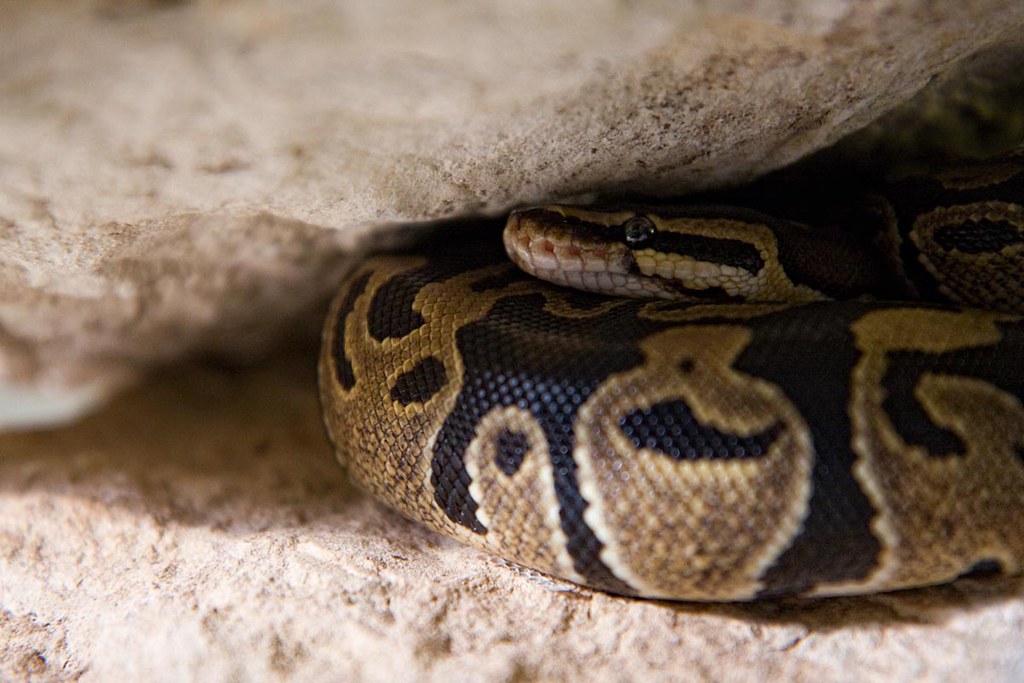
Respiratory infections in ball pythons typically occur when bacteria, fungi, or viruses colonize the respiratory tract, leading to inflammation and various symptoms. These infections often develop due to environmental stressors that compromise the snake’s immune system, allowing opportunistic pathogens to take hold. In their natural West African habitat, ball pythons have evolved to withstand specific temperature and humidity ranges, and deviations from these optimal conditions in captivity can predispose them to illness. Understanding the underlying causes of respiratory infections is crucial for implementing effective preventative strategies and maintaining your python’s respiratory health throughout its life, which can span 20-30 years with proper care.
Signs of Respiratory Infections to Watch For
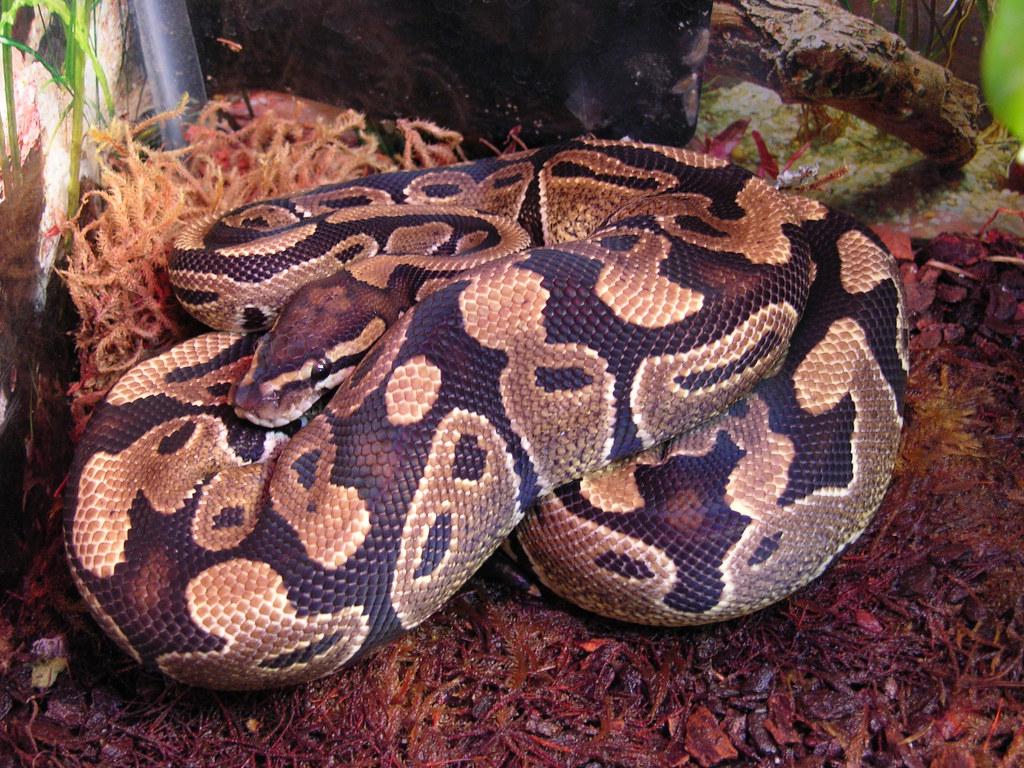
Early detection of respiratory issues can make the difference between simple treatment and life-threatening complications in ball pythons. Common signs include wheezing, bubbling or foaming around the mouth, excessive mucus, open-mouth breathing (often called “gaping”), and abnormal posturing with the head and neck elevated to facilitate breathing. You might also notice your python making unusual sounds when breathing, such as whistling or clicking noises, which are never normal in healthy specimens. Lethargy, decreased appetite, and spending excessive time in or near water sources can also indicate respiratory distress. Being vigilant about these symptoms allows for prompt veterinary intervention before the infection progresses to pneumonia, which can be particularly difficult to treat in reptiles.
Maintaining Optimal Temperature Gradients
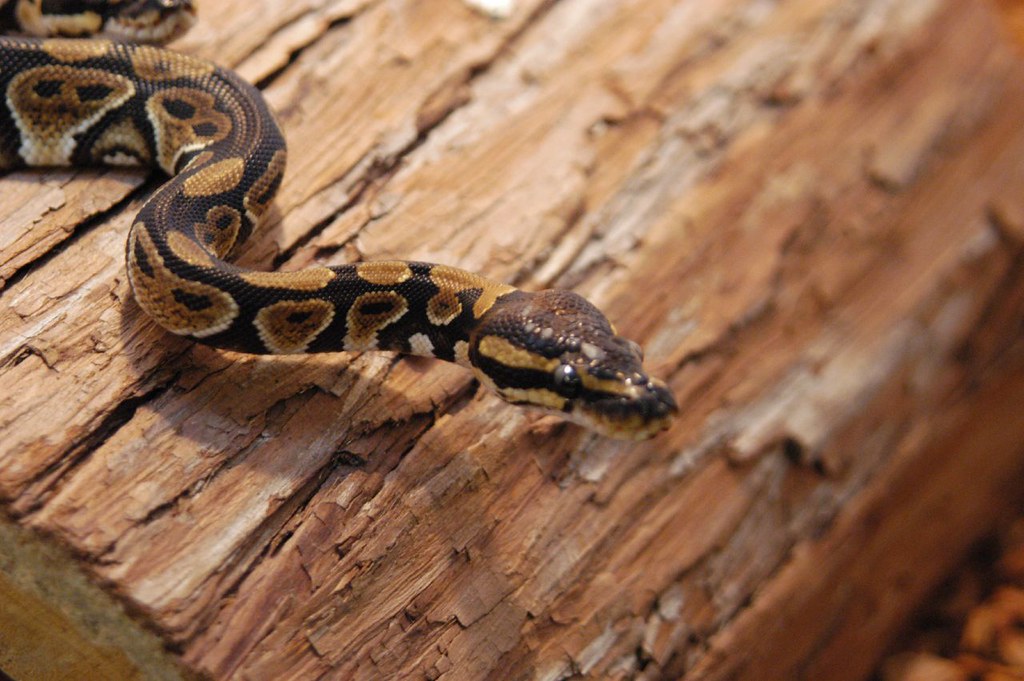
Proper temperature management is perhaps the most critical factor in preventing respiratory infections in ball pythons. These reptiles require a thermal gradient throughout their enclosure, allowing them to thermoregulate by moving between warmer and cooler areas. The warm side of the enclosure should be maintained between 88-92°F (31-33°C), while the cool side should range from 78-80°F (25-27°C). Nighttime temperatures can drop slightly but should never fall below 75°F (24°C), as prolonged exposure to cool temperatures suppresses the immune system and respiratory function. Using reliable thermostats with quality heating elements such as under-tank heaters, ceramic heat emitters, or radiant heat panels ensures consistent temperatures without dangerous fluctuations that could stress your python’s respiratory system.
Controlling Humidity Levels
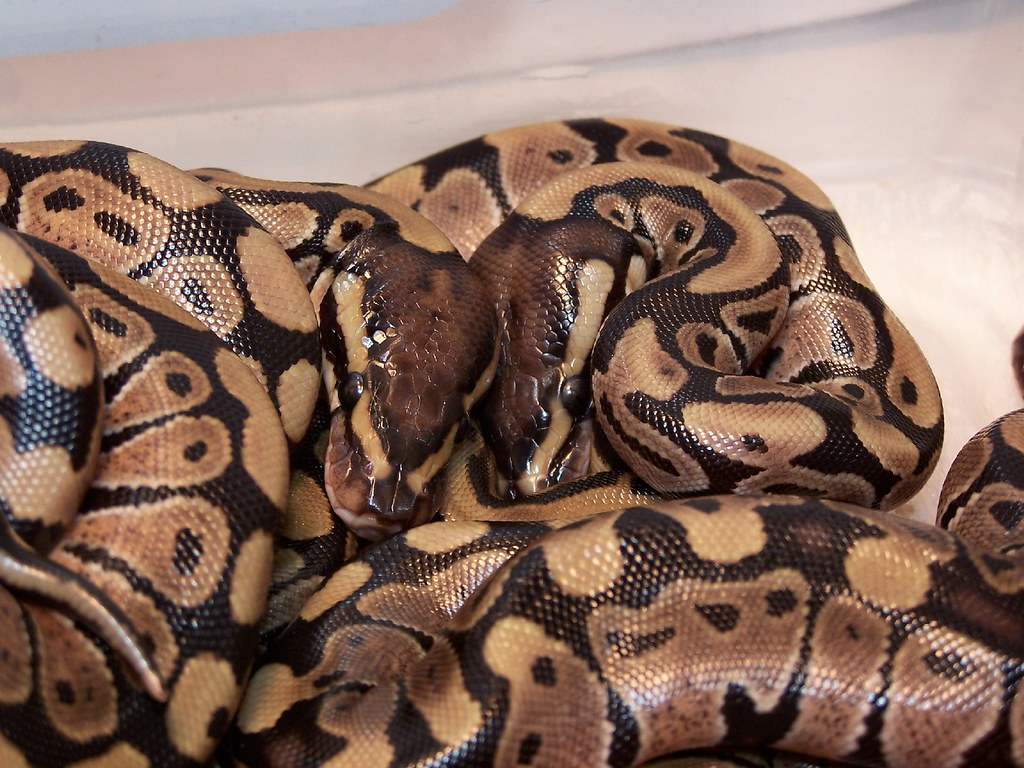
Humidity management is equally important in preventing respiratory infections, as both excessive and insufficient moisture can compromise respiratory health. Ball pythons thrive in humidity levels between 50-60% with a temporary increase to 60-70% during shedding periods. Consistently high humidity, particularly when combined with poor ventilation, creates ideal conditions for bacterial and fungal growth that can lead to respiratory infections. Conversely, humidity that’s too low can cause dehydration and thickening of respiratory secretions, making it difficult for the snake to clear normal respiratory flora. Using digital hygrometers placed at different points in the enclosure allows for accurate monitoring, while strategic misting, proper substrate choices, and appropriately sized water dishes help maintain the ideal humidity range without creating damp, stagnant conditions.
Ensuring Proper Ventilation
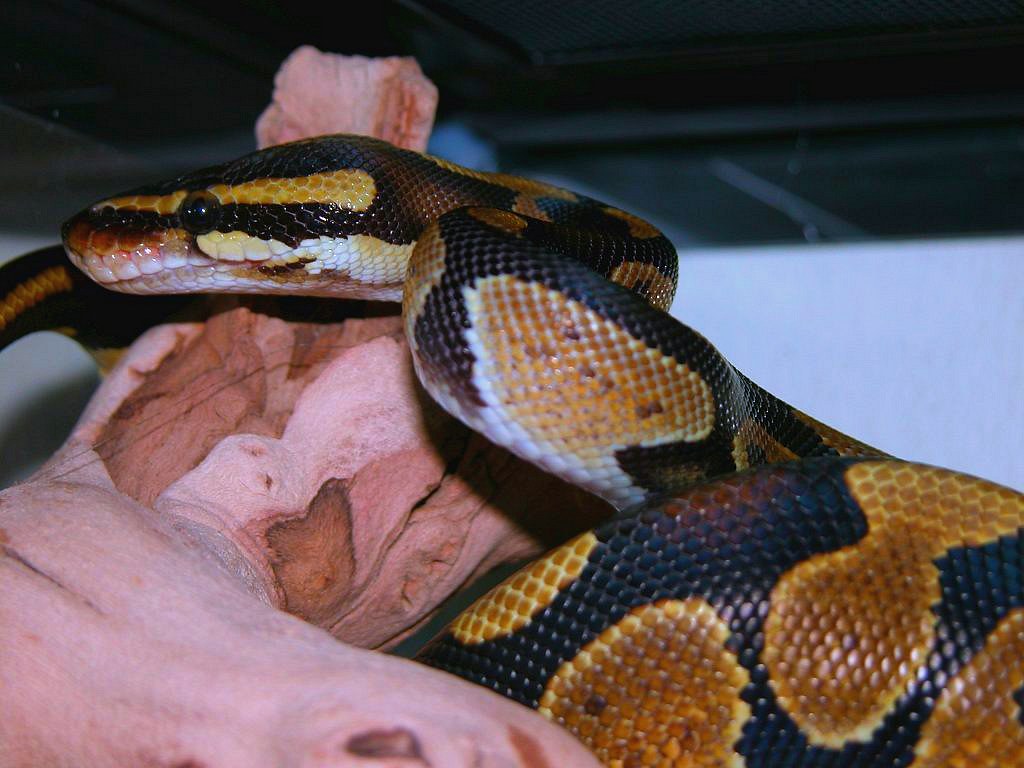
Adequate airflow is essential for preventing respiratory infections yet is often overlooked by novice ball python keepers. Enclosures with insufficient ventilation trap stagnant air, moisture, and airborne pathogens, creating an environment where bacteria and fungi thrive. Conversely, excessive ventilation can make maintaining proper humidity challenging, especially in arid climates. The ideal enclosure provides balanced ventilation with air holes or mesh panels strategically placed to create gentle air movement without drafts. PVC enclosures with adjustable ventilation options offer excellent control for maintaining this balance. Testing airflow can be done by placing a small piece of tissue paper near vent holes – it should move slightly but not flutter dramatically, indicating appropriate air exchange without creating stress-inducing drafts.
Selecting Appropriate Substrate
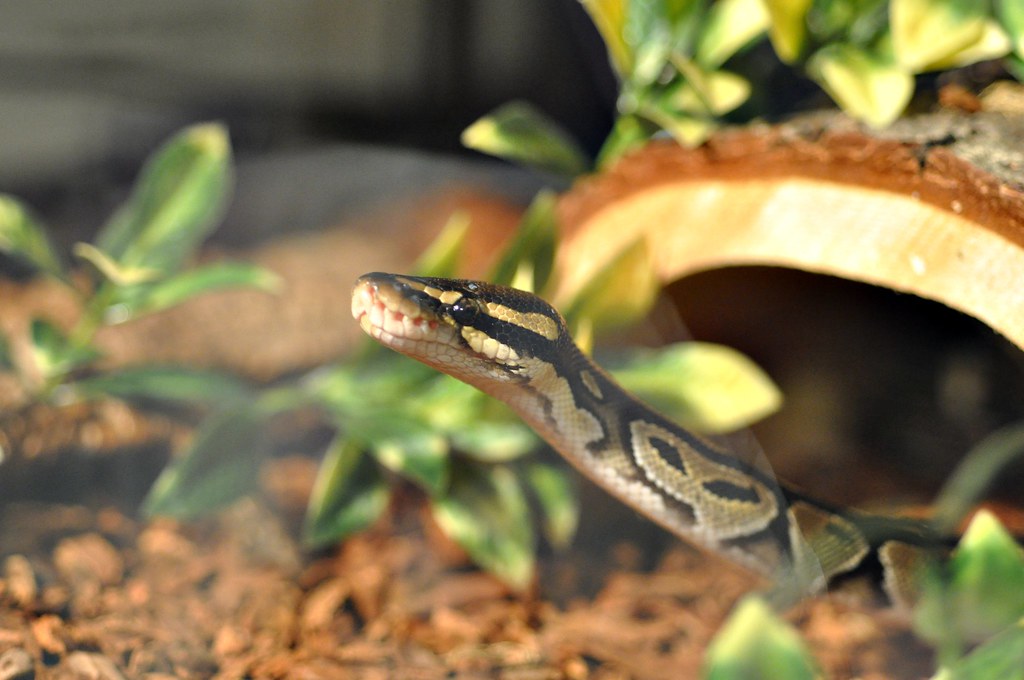
The substrate in your ball python’s enclosure significantly impacts respiratory health by affecting humidity levels and potentially harboring pathogens. Ideal substrates include cypress mulch, coconut husk, orchid bark, or specialized reptile beddings that resist mold growth while maintaining appropriate moisture levels. These materials should be spot-cleaned daily and completely replaced on a regular schedule to prevent the buildup of bacteria, fungi, and waste products that could be inhaled by your snake. Substrates to avoid include cedar and pine shavings, which contain aromatic oils that can irritate the respiratory tract, and sand or newspaper, which don’t provide adequate moisture regulation. For pythons with recurring respiratory issues, some veterinarians recommend temporarily using paper towels or reptile carpet, which can be easily sanitized until the condition resolves.
Quarantine Procedures for New Animals
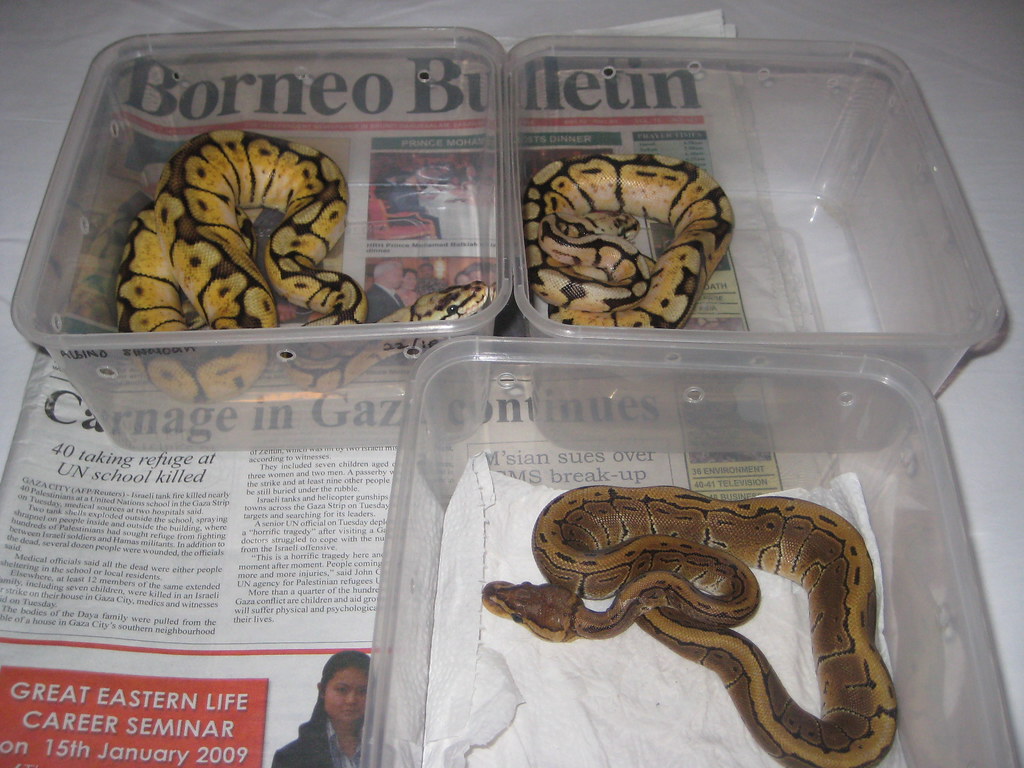
Implementing strict quarantine protocols is essential when introducing new ball pythons to your collection to prevent the spread of respiratory pathogens. New acquisitions should be housed separately from established animals for a minimum of 90 days, using dedicated handling tools, feeding implements, and even clothing to prevent cross-contamination. During this period, carefully monitor the quarantined snake for any symptoms of respiratory illness, including subtle signs like slightly increased breathing rate or occasional mouth-breathing that might otherwise go unnoticed in a larger collection. Taking fecal samples for parasite testing during quarantine is also advisable, as parasite burdens can stress the immune system and make respiratory infections more likely. This quarantine period may seem excessive, but respiratory infections can remain subclinical for weeks before becoming apparent, justifying this cautious approach.
Handling and Stress Reduction
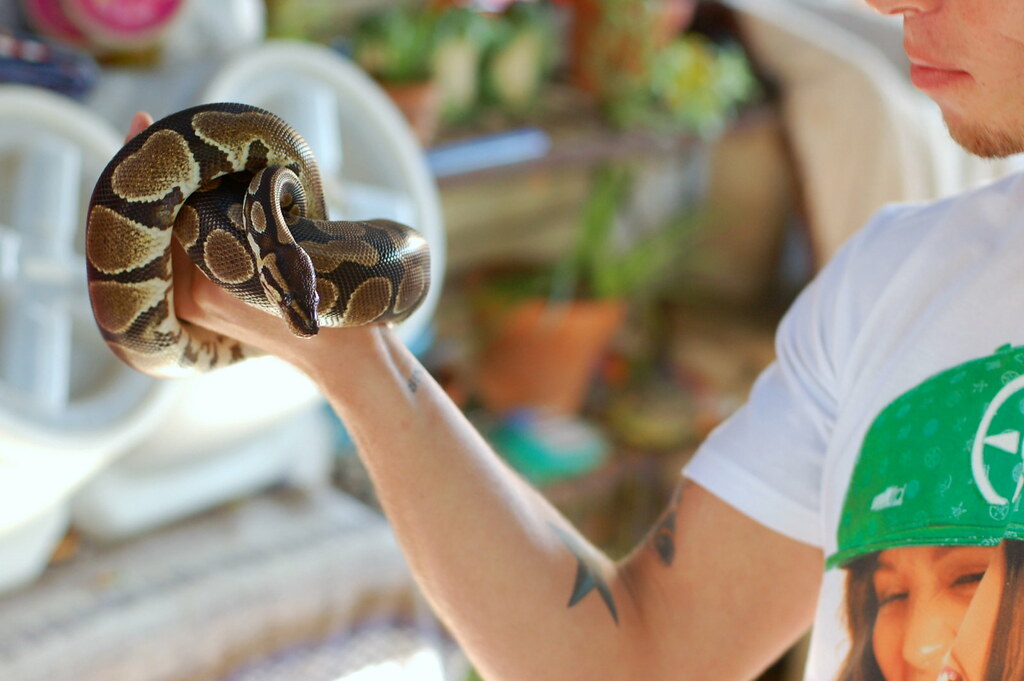
Chronic stress significantly compromises a ball python’s immune system, making them more susceptible to respiratory infections and other health issues. Minimize handling during the first two weeks after acquiring a new python, and thereafter limit sessions to 15-20 minutes a few times weekly, avoiding handling during shedding or for 48 hours after feeding. Create a sense of security by providing multiple hides on both the warm and cool sides of the enclosure, allowing your snake to thermoregulate without feeling exposed. Housing ball pythons in high-traffic areas with constant noise and activity can cause chronic stress, so choose a relatively quiet location away from speakers, televisions, and frequent disturbances. Recognizing stress behaviors such as defensive posturing, frequent hiding, refusing food, or excessive movement can help you adjust your care routine before stress-related immunosuppression leads to respiratory vulnerability.
Appropriate Enclosure Size and Setup
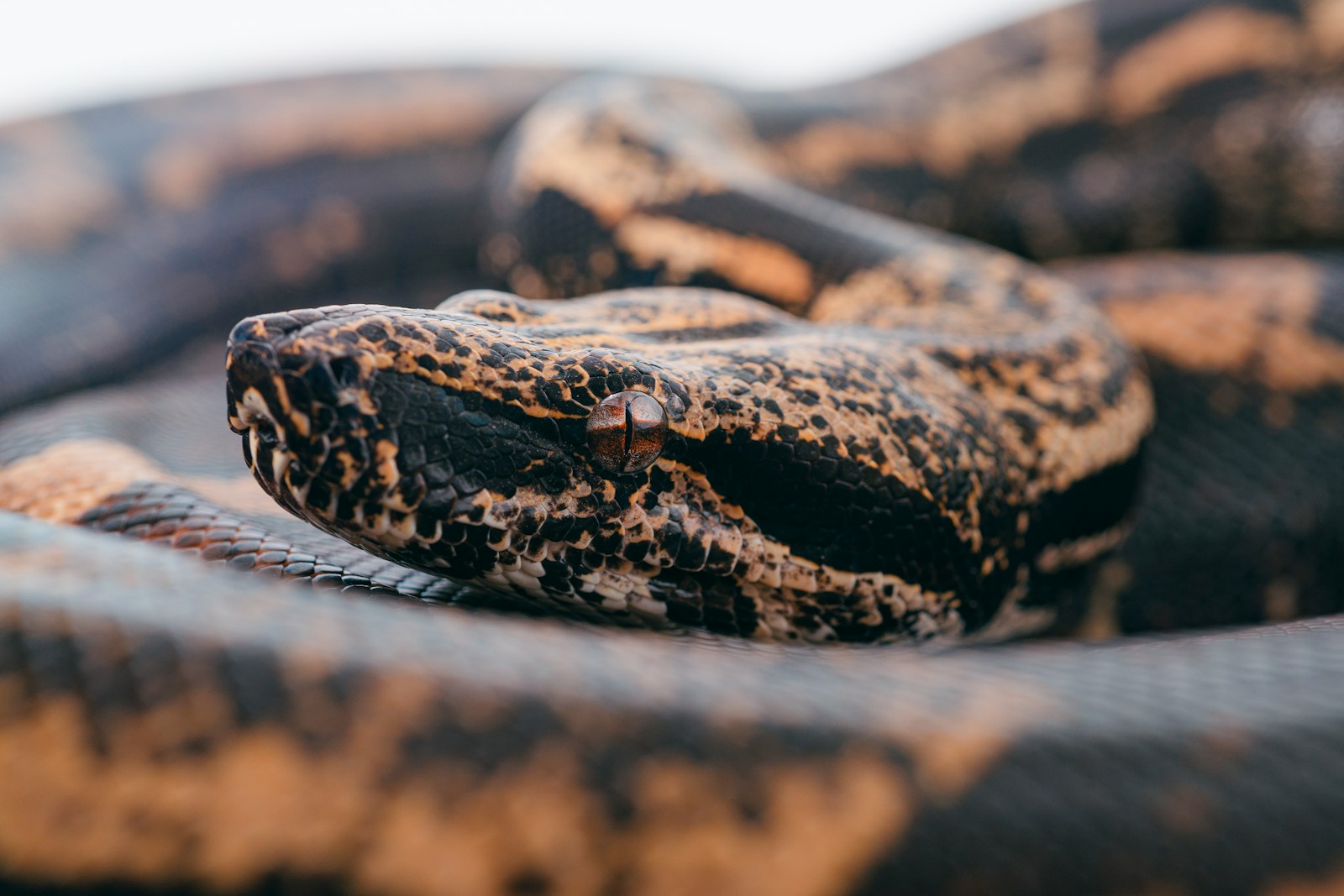
The size and configuration of your ball python’s habitat plays a significant role in preventing respiratory infections by affecting temperature regulation, humidity control, and stress levels. While overly large enclosures can cause stress in ball pythons, inadequate space prevents proper thermoregulation and exercise. A general guideline is to provide an enclosure where the combined length and width equals or exceeds the snake’s length, with appropriate height for climbing opportunities. Strategic placement of hides, climbing branches, and visual barriers creates environmental complexity while maintaining clear thermal gradients. Position the enclosure away from windows, exterior doors, and air vents that could create temperature fluctuations or drafts that might trigger respiratory issues. The enclosure material itself matters too – glass tanks with screen tops make humidity management challenging, while PVC or plastic enclosures offer superior insulation and moisture retention properties.
Nutrition and Immune System Support

A well-functioning immune system is your ball python’s primary defense against respiratory pathogens, and proper nutrition forms the foundation of immune health. Offer appropriately sized prey items (generally 10-15% of your snake’s body weight) at regular intervals based on age, with younger snakes eating weekly and adults eating every 2-3 weeks. Prey quality matters significantly – feeding pre-killed rodents from reputable sources reduces the risk of introducing pathogens or parasites that could compromise your snake’s health. Ensure prey items are fully thawed and warmed to approximately 100°F (38°C) before feeding to aid digestion and reduce regurgitation risk, as regurgitation can introduce stomach contents into the respiratory tract. While ball pythons receive most necessary nutrients from whole prey, some veterinarians recommend occasional use of reptile vitamin supplements dusted on prey for snakes recovering from illness or showing signs of deficiency.
Regular Cleaning and Sanitation Protocols
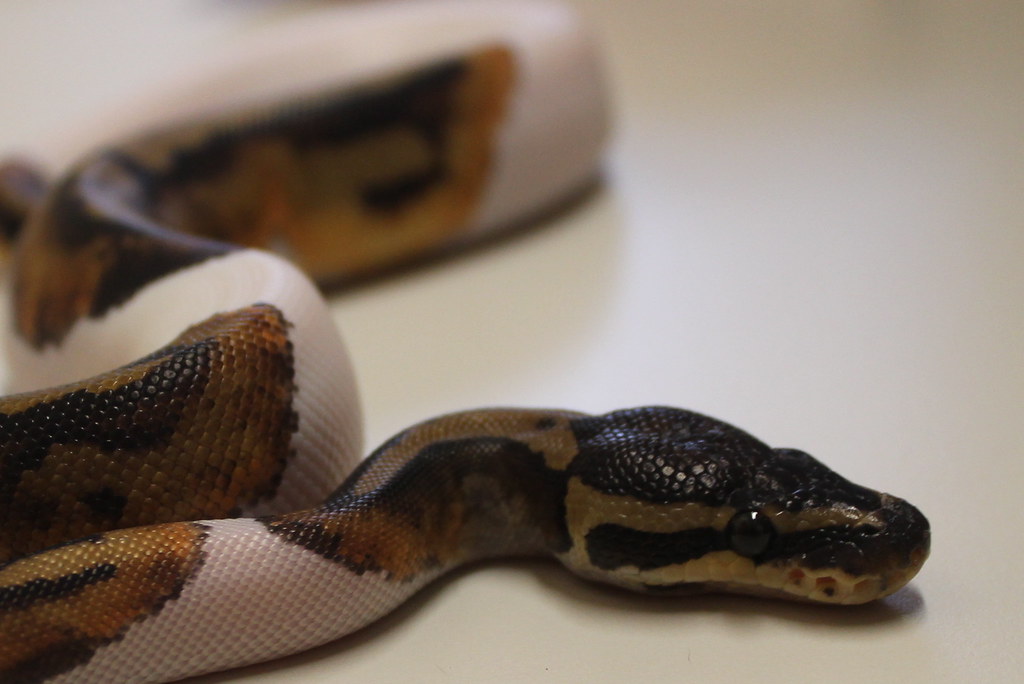
Implementing rigorous cleaning routines is fundamental in preventing respiratory infections by controlling bacterial and fungal populations in your ball python’s environment. Develop a three-tier cleaning schedule: daily spot cleaning to remove waste and soiled substrate, weekly partial substrate changes and surface disinfection, and monthly deep cleanings with complete substrate replacement and thorough disinfection of all enclosure components. Use reptile-safe disinfectants such as chlorhexidine solutions or specifically formulated reptile habitat cleaners, avoiding products containing phenols, pine scents, or harsh chemicals that can irritate your snake’s respiratory tract. Always rinse disinfected items thoroughly and allow them to dry completely before returning them to the enclosure, as residual chemicals and moisture can cause respiratory irritation. Maintain separate cleaning tools for each enclosure if you have multiple reptiles to prevent potential cross-contamination of pathogens between animals.
Recognizing Environmental Contaminants

Ball pythons have sensitive respiratory systems that can be adversely affected by airborne contaminants often overlooked by owners. Common household items like scented candles, air fresheners, essential oil diffusers, cigarette smoke, cleaning product fumes, and aerosol sprays can irritate the delicate respiratory epithelium, predisposing your python to infections. Even seemingly innocuous activities like painting, using nail polish, or applying hairspray in the same room as your snake’s enclosure can introduce harmful volatile compounds. Be cautious with pest control products, ensuring any insecticides or rodenticides are kept well away from reptile habitats and that residues don’t contaminate prey items. Consider the placement of your python’s enclosure relative to kitchens, bathrooms, or craft areas where airborne chemicals might be more prevalent, providing adequate separation and ventilation to minimize exposure to potential respiratory irritants.
Seasonal Considerations and Adjustments
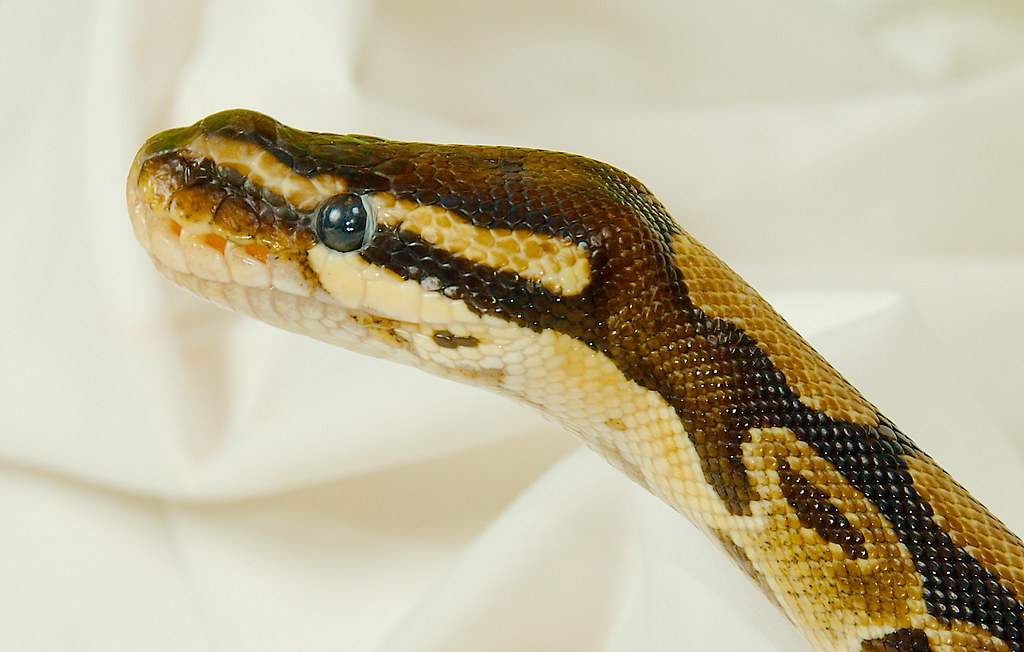
Ball pythons require husbandry modifications throughout the year to accommodate seasonal changes that might otherwise impact respiratory health. During winter months, ambient household temperatures often drop and heating systems reduce indoor humidity, potentially creating conditions that stress your python’s respiratory system. Compensate by monitoring enclosure parameters more frequently, potentially adding additional heat sources or adjusting thermostat settings to maintain optimal temperatures. Humidifiers in the room (not directed into the enclosure) can help counteract the drying effects of home heating systems. Conversely, summer months may require dehumidification measures and vigilance against overheating, particularly during extreme weather events. Seasonal adjustments should be implemented gradually to avoid shocking your snake’s system, with changes of no more than 2-3 degrees or 5% humidity per day when modifications are necessary to maintain the stable environment essential for respiratory health.
When to Seek Veterinary Care
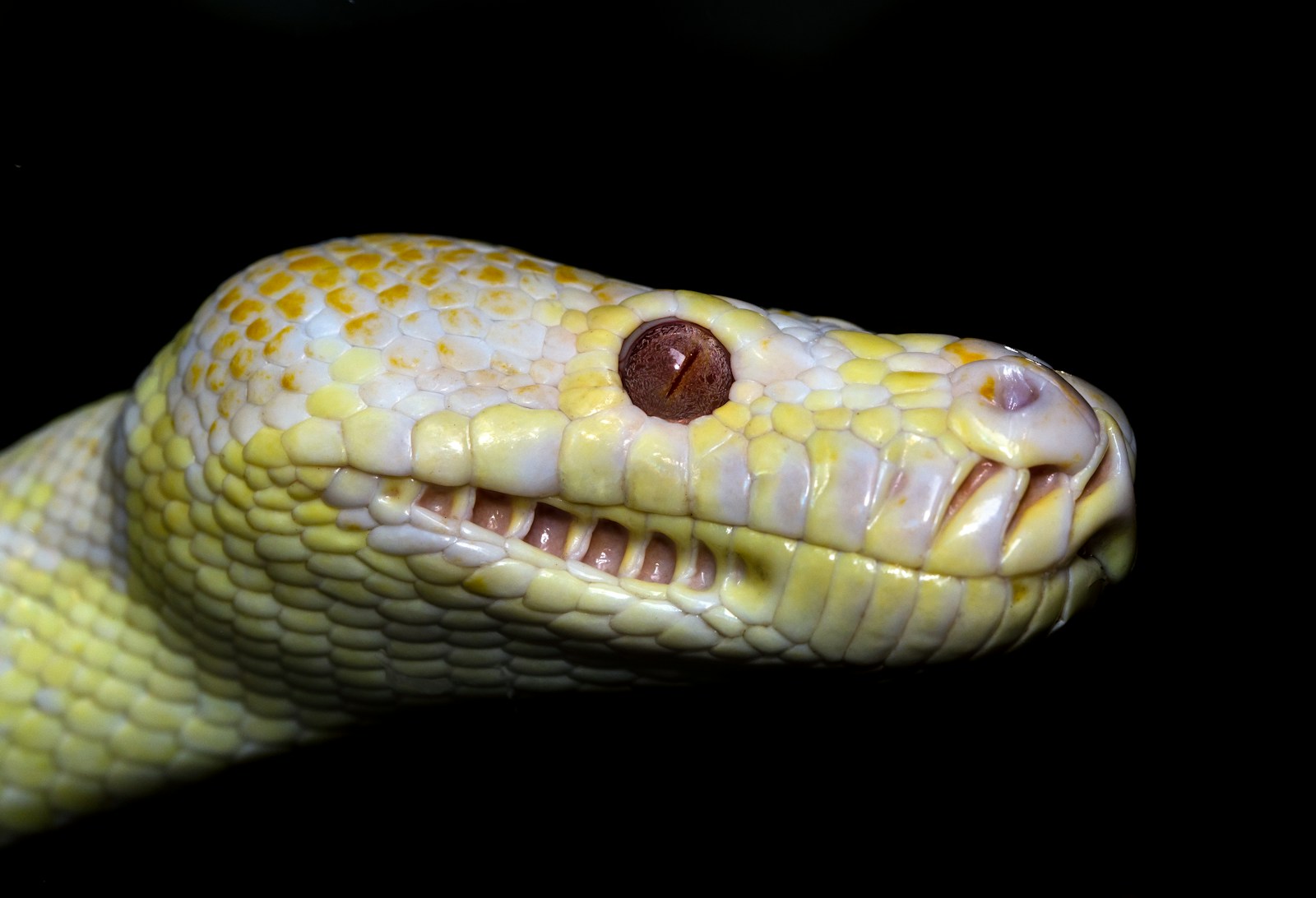
Understanding when to consult a reptile veterinarian is crucial in preventing minor respiratory issues from developing into severe, potentially fatal infections. Early intervention significantly improves prognosis, so schedule a veterinary examination at the first signs of respiratory distress, including wheezing, bubbling at the mouth or nostrils, abnormal breathing patterns, or unusual posturing. Don’t delay veterinary care in hopes that adjusting husbandry will resolve symptoms, as respiratory infections typically require antibiotic treatment based on culture and sensitivity testing to target the specific pathogen involved. Establish a relationship with an experienced reptile veterinarian before emergencies occur, as finding qualified exotic animal care can be challenging in some areas. Follow treatment protocols exactly as prescribed, completing the full course of medications even if symptoms appear to resolve quickly, to prevent the development of antibiotic-resistant infections that pose greater threats to your ball python’s respiratory health.
Long-term Monitoring and Record Keeping

Maintaining detailed records of your ball python’s environment, behavior, and health history creates an invaluable resource for preventing respiratory infections through pattern recognition and early intervention. Keep a daily log of temperature and humidity readings from different areas of the enclosure, noting any fluctuations or equipment malfunctions that might impact respiratory health. Document feeding responses, defecation, shedding cycles, weight measurements, and any unusual behaviors that might indicate subclinical respiratory issues before obvious symptoms develop. Photograph your snake regularly from different angles, as subtle changes in posture or breathing patterns are often more apparent when comparing images over time. These records prove especially valuable during veterinary consultations, providing objective data about environmental conditions and behavioral changes that might otherwise rely on potentially flawed memory. Digital apps designed for reptile keepers can simplify this record-keeping process, generating graphs and trends that help identify potential respiratory risk factors before they cause clinical disease.
Conclusion
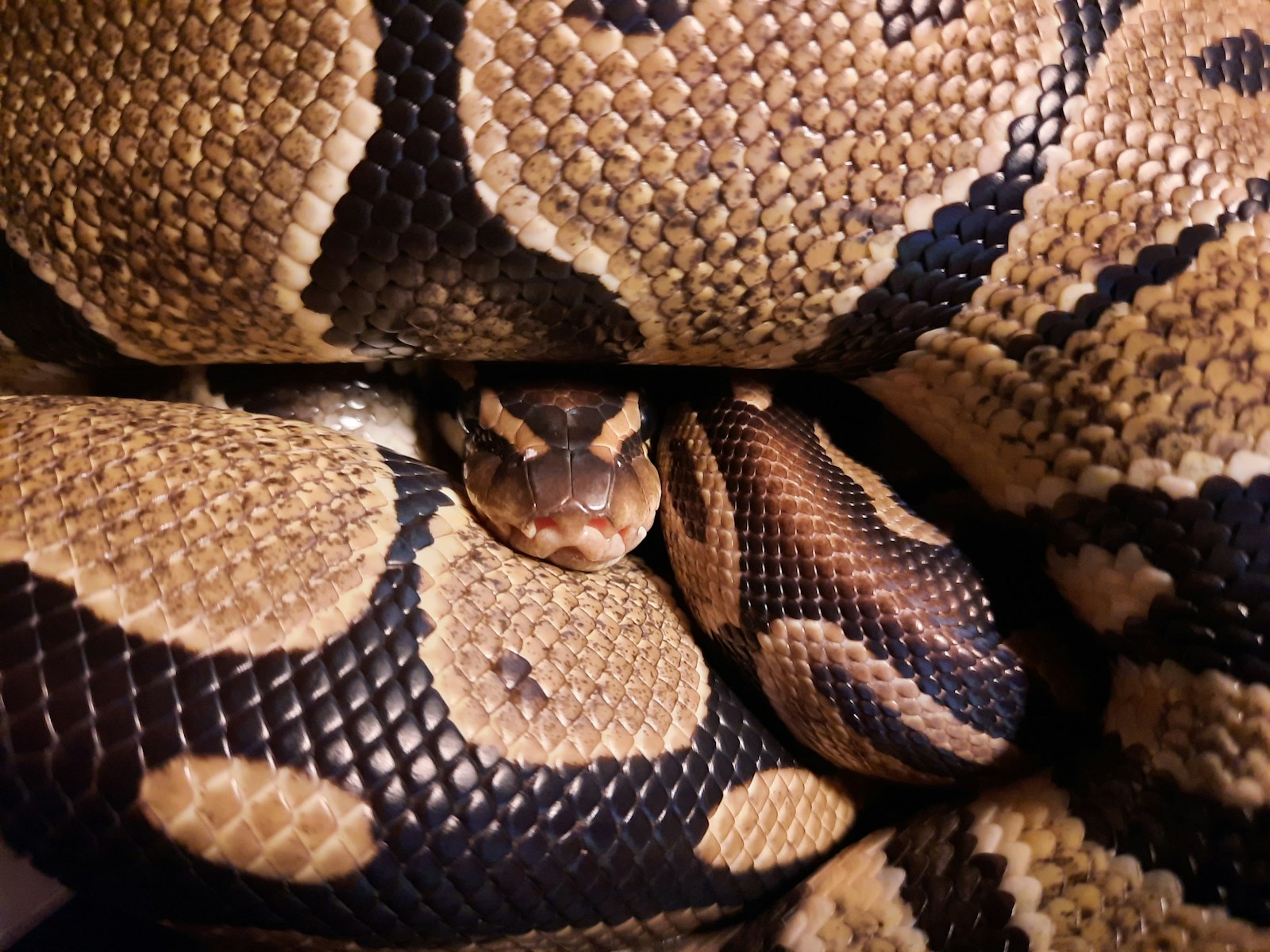
Preventing respiratory infections in ball pythons requires a holistic approach that addresses all aspects of husbandry, from maintaining optimal environmental parameters to reducing stress and eliminating exposure to potential pathogens and irritants. By understanding the specific needs of these remarkable reptiles and implementing the preventative measures outlined in this guide, you can create a habitat that supports robust respiratory health throughout your ball python’s life. Remember that prevention is always easier and less stressful for your pet than treatment, making the time invested in proper husbandry practices well worth the effort. With vigilant monitoring, appropriate care routines, and prompt veterinary intervention when needed, your ball python can thrive for decades as a healthy, active member of your family.

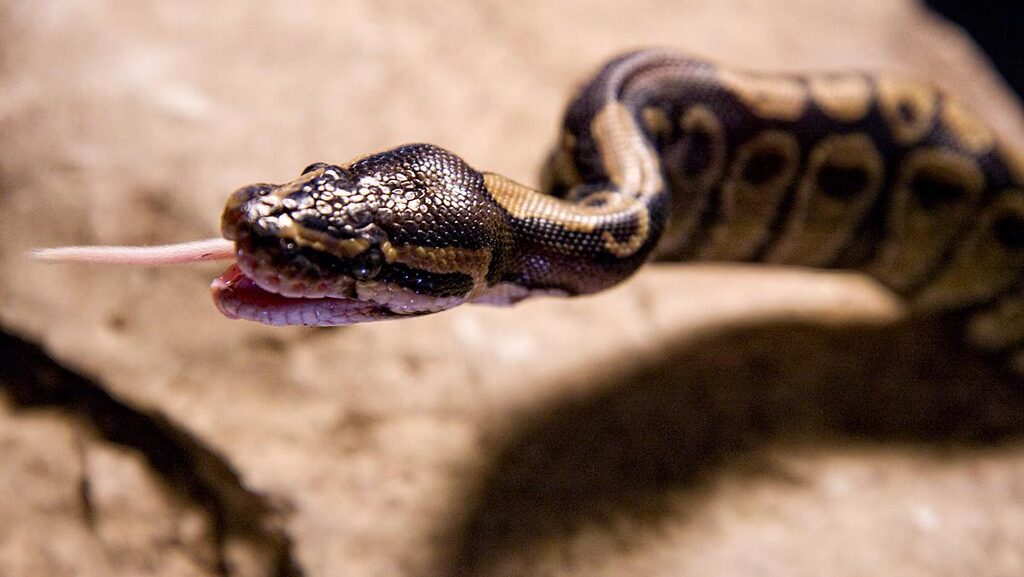
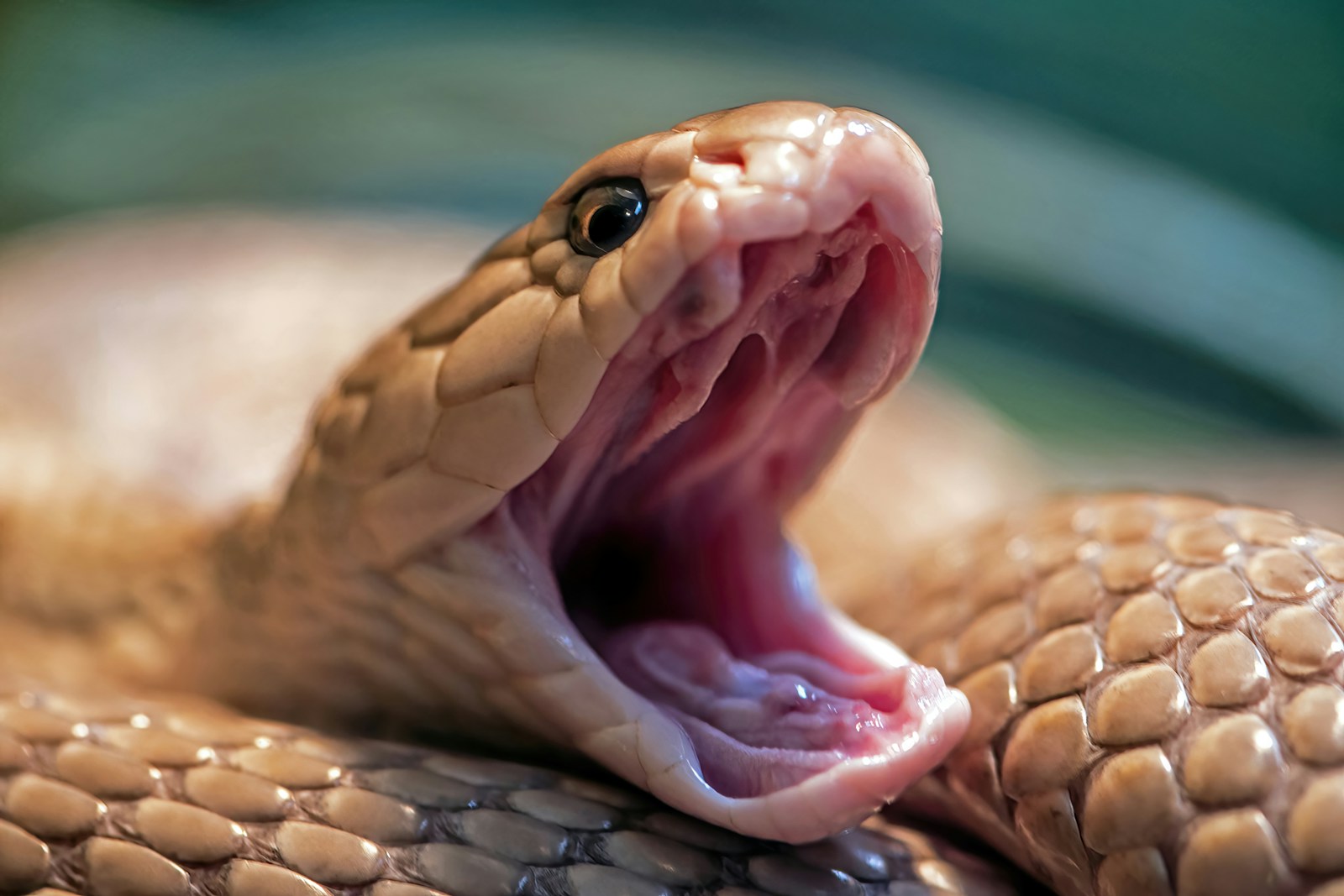



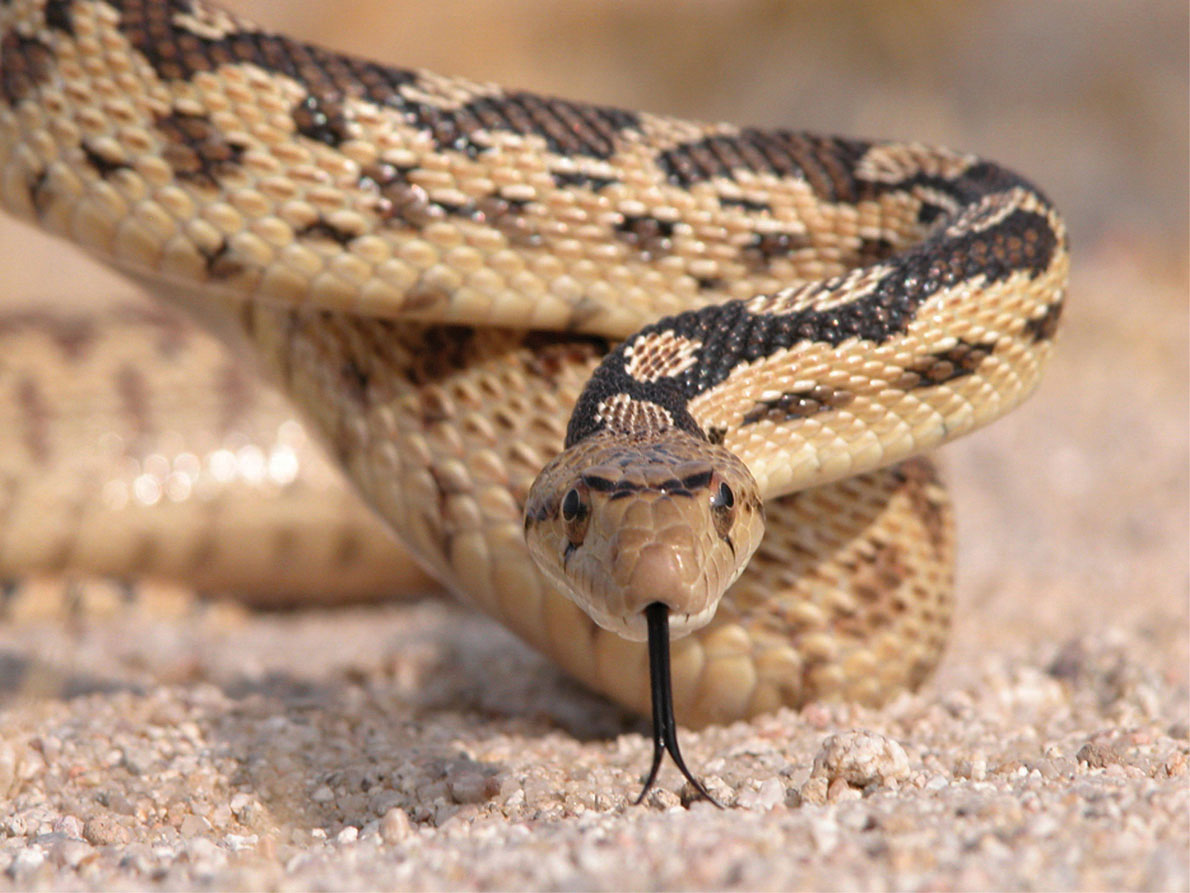


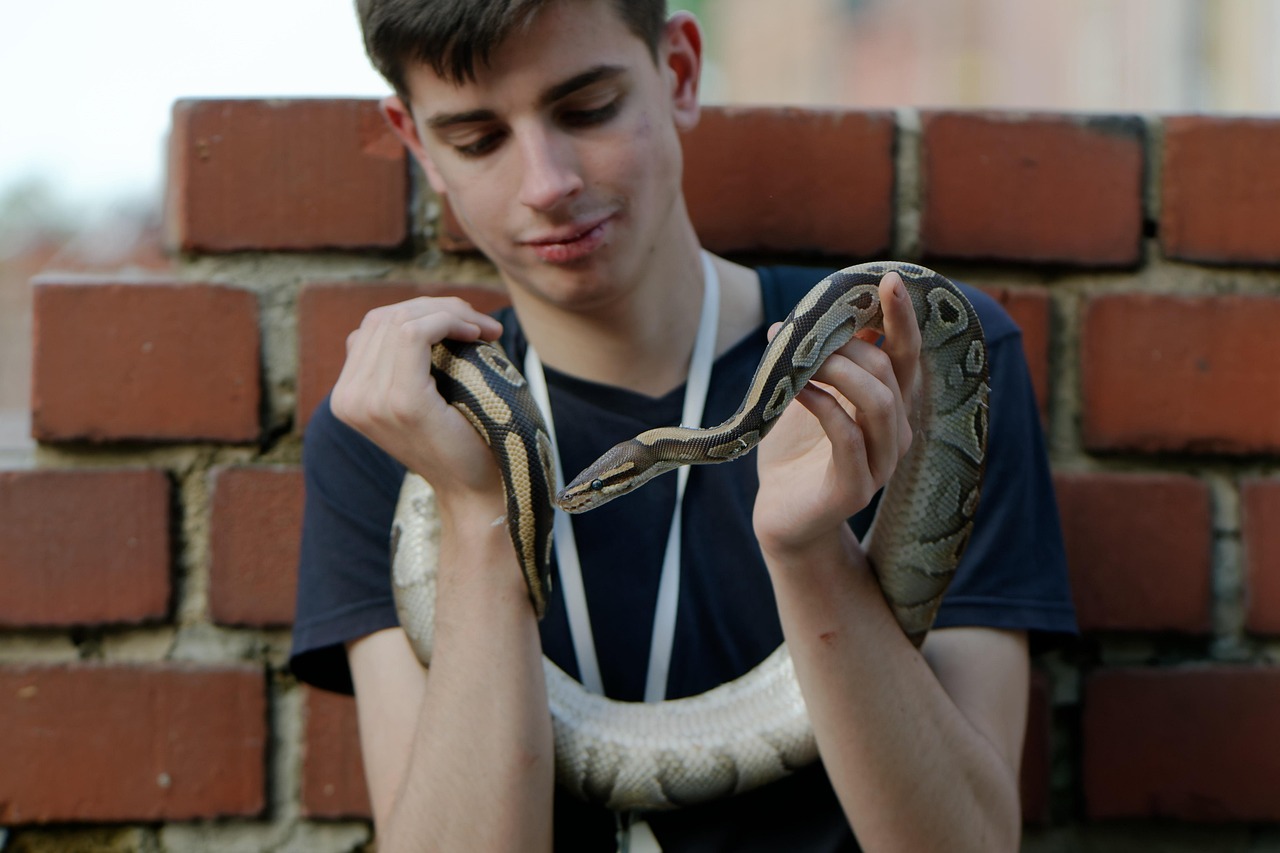
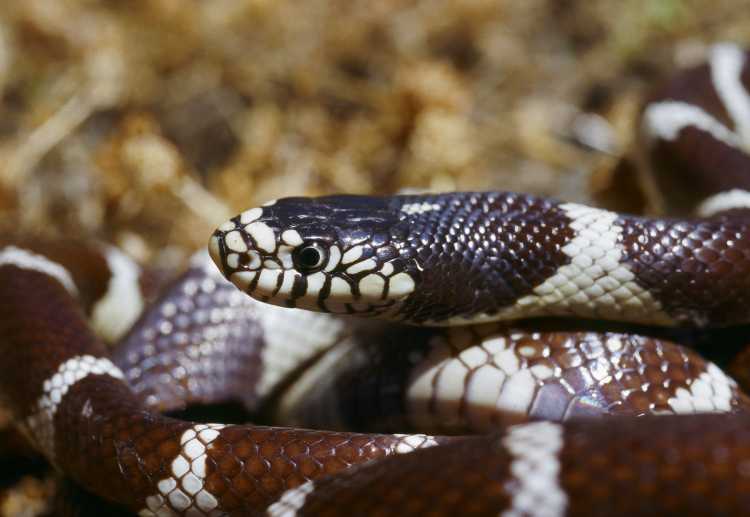
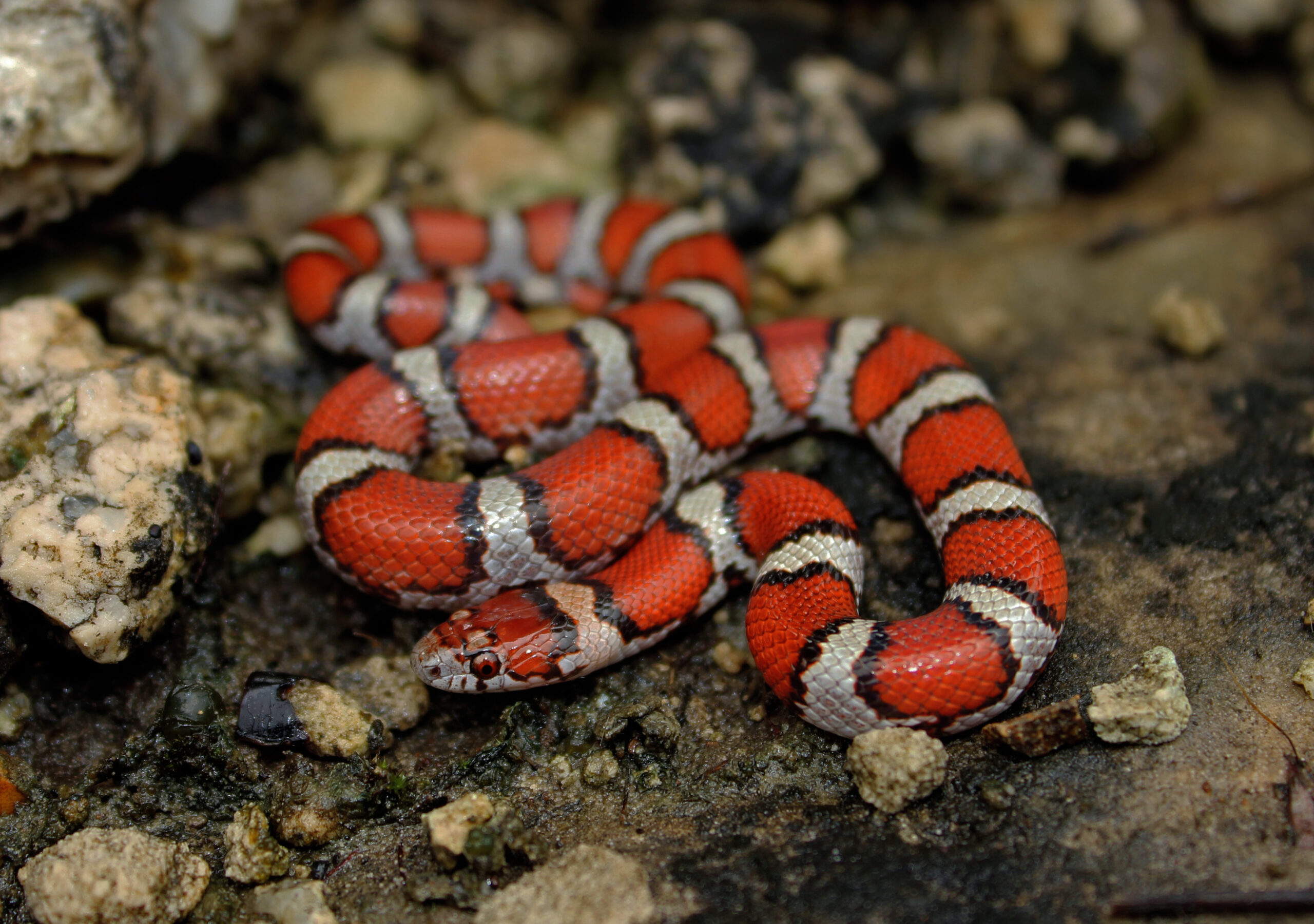




Leave a Reply